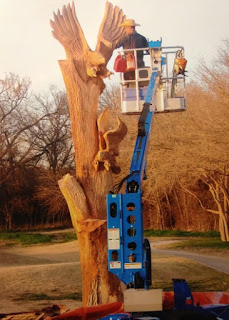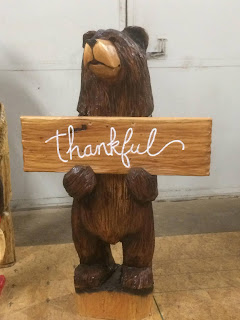 Manuela Blayne is a story about an innocent African American girl who lost her virginity in the worst way imaginable. The setting is in the early twentieth century in the deep South. Her friend, a white girl who was a couple of years younger, observed the events of the story unfold.
Manuela Blayne is a story about an innocent African American girl who lost her virginity in the worst way imaginable. The setting is in the early twentieth century in the deep South. Her friend, a white girl who was a couple of years younger, observed the events of the story unfold.
This novella has special importance not only because something similar happened in my childhood in the mid twentieth century but also because it shows a Black life that needed to matter but didn't. I first self-published the book in 2015 with a cover that showed something I saw in the story that seemed obvious to me but an idea too obscure for readers to see without explanation.
What I had in mind was that each of us is a vessel designed by the Potter, the Creator of us all. Beautiful creations come in a variety of colors.
Manuela Blayne has received some powerful reviews, but I am eager for more readers to feel the events of the story. I submitted it to Southeast Media Productions for it to be released again, this time with a new cover depicting the eerie forest where Manuela was sexually molested.
When I was a little girl, my friend was raped. Adults said that some boys "got to her." What happened in her life seemed to matter no more than what could have happened to a heifer or one of the other farm animals. My parents wouldn't allow me to spend time with my friend, and I lost track of what became of her.
We submitted the novel for an editorial review with Readers' Favorite, where it received five stars. K C Finn, an author who reviewed it, had a perceptive comprehension of what the story has to say:
"Author Mary Lou Cheatham has crafted an excellent tale of friendship, self-discovery, and inner strength in this important and expressive work of interpersonal drama."
After a few days, an expert pointed out that the books of the Covington Chronicles series should look enough alike that the readers can know they belong together. Jodi Hockinson of Southeast Media Productions and I are trying to make the books match. This process requires hours of work and thought.
In the meantime, Manuela Blayne received a favorable review from Kirkus, and we decided to include a quote from it on the cover. Manuela Blayne, A Life Apart
Here's the new cover.






